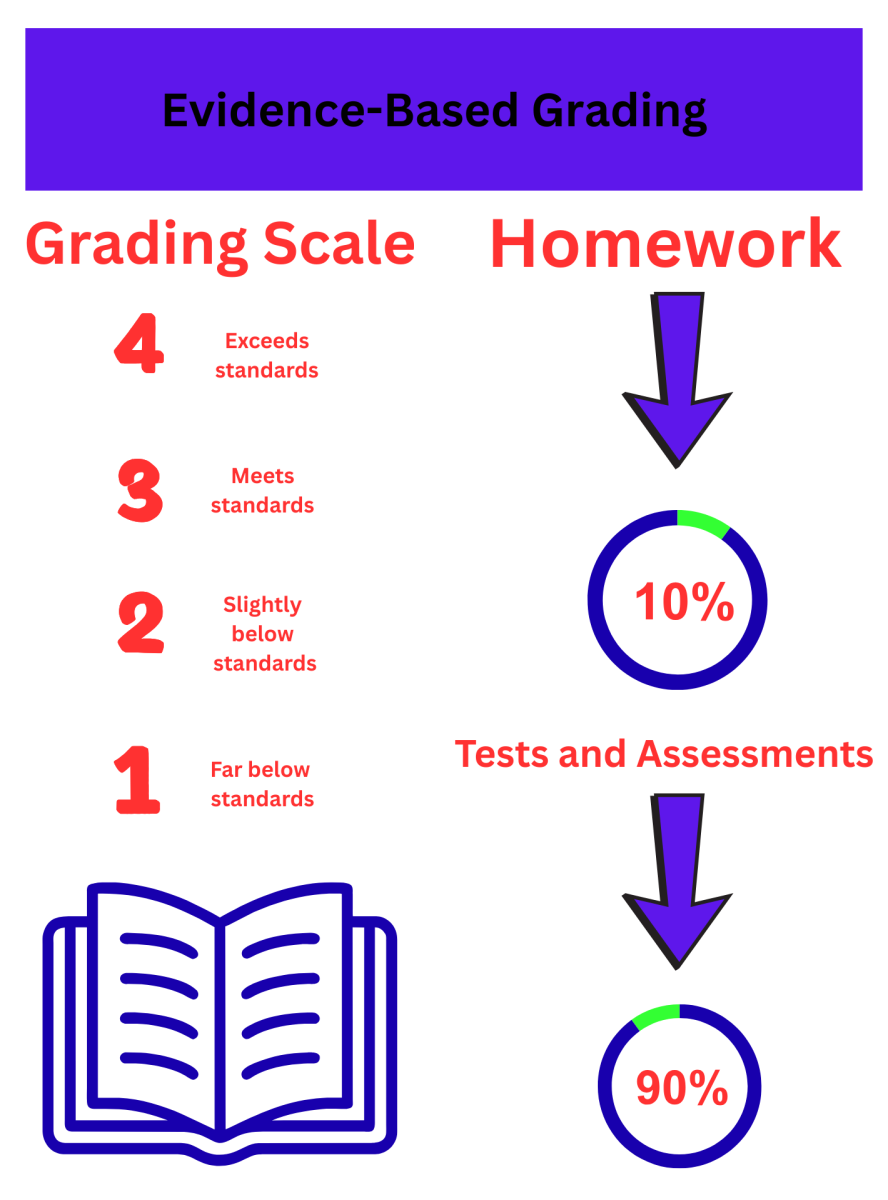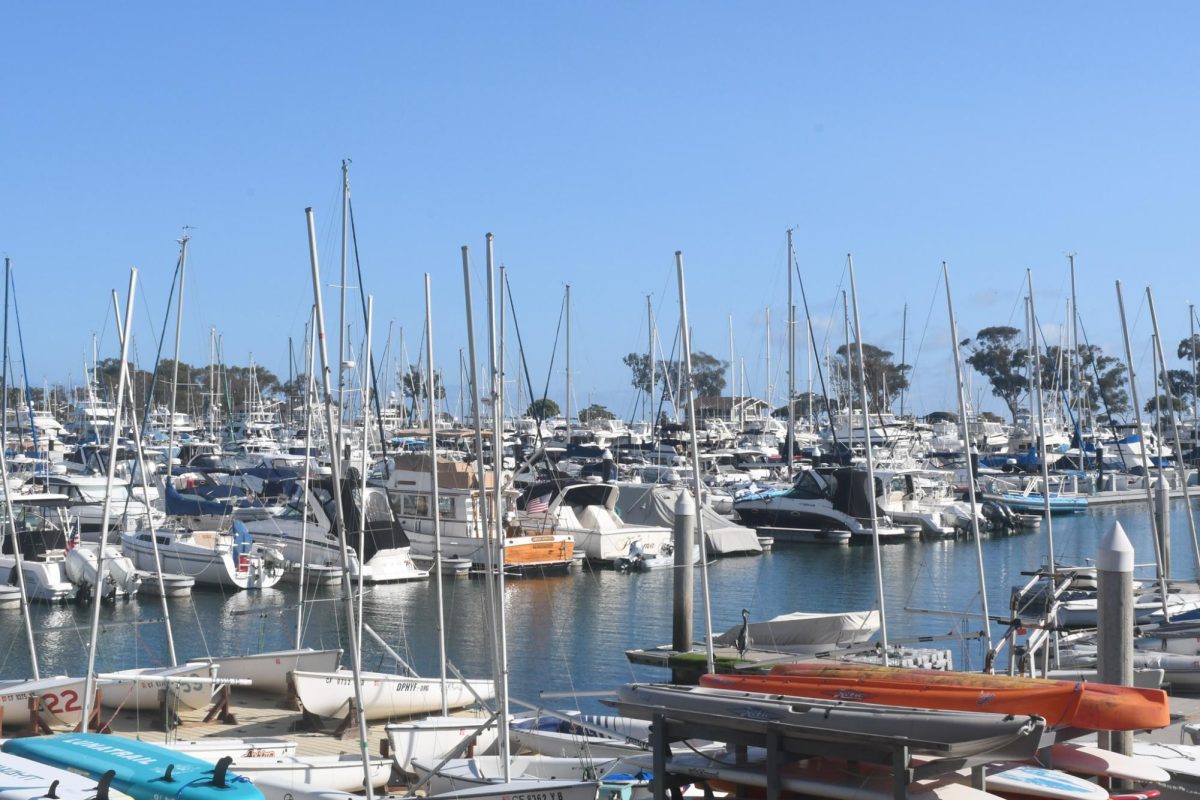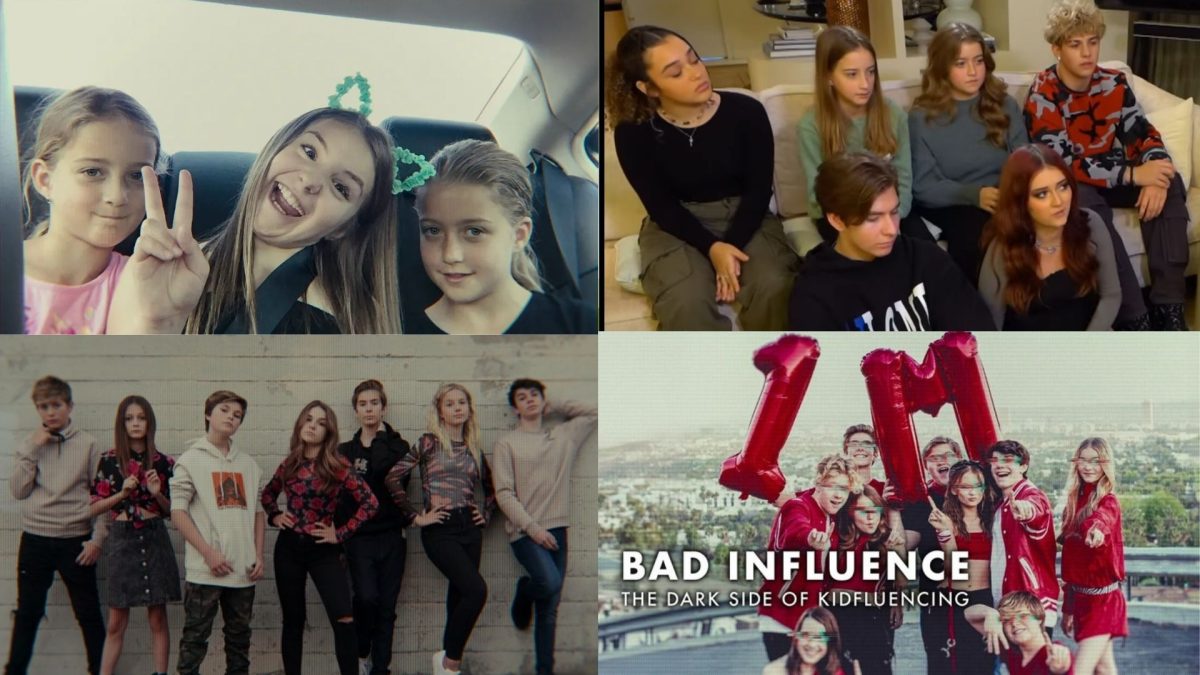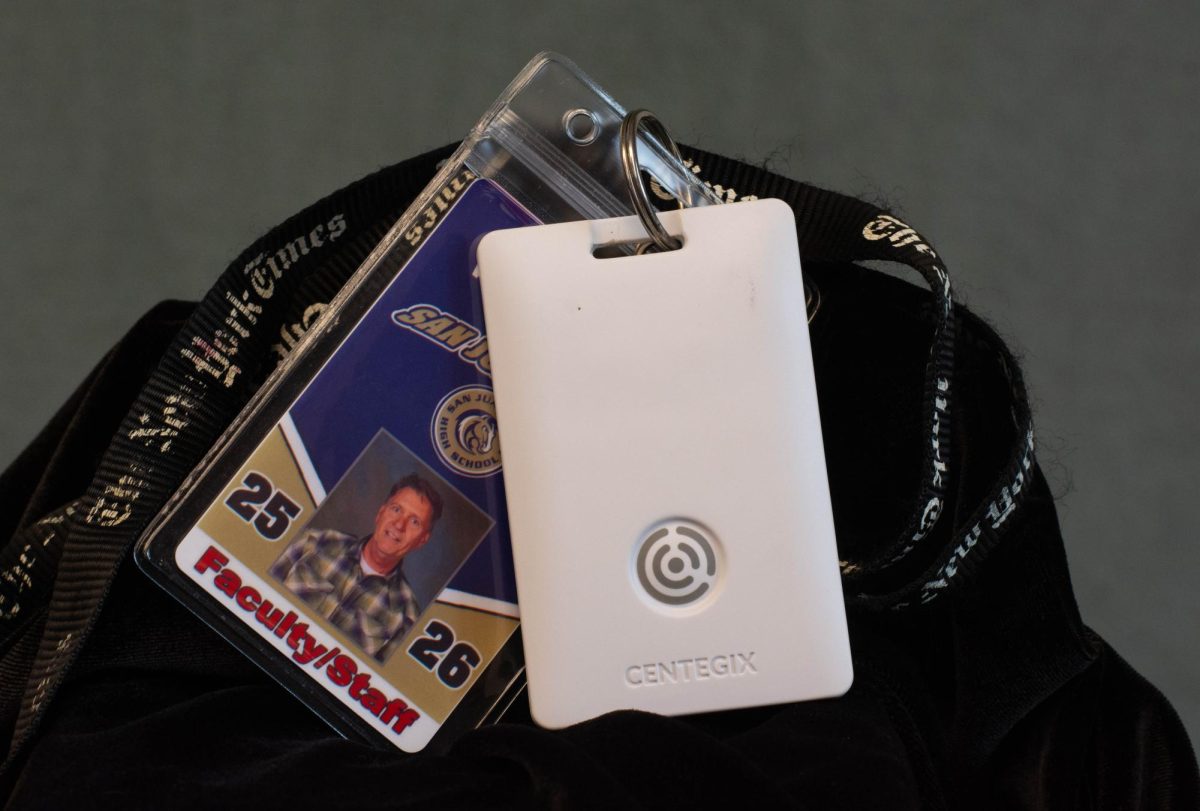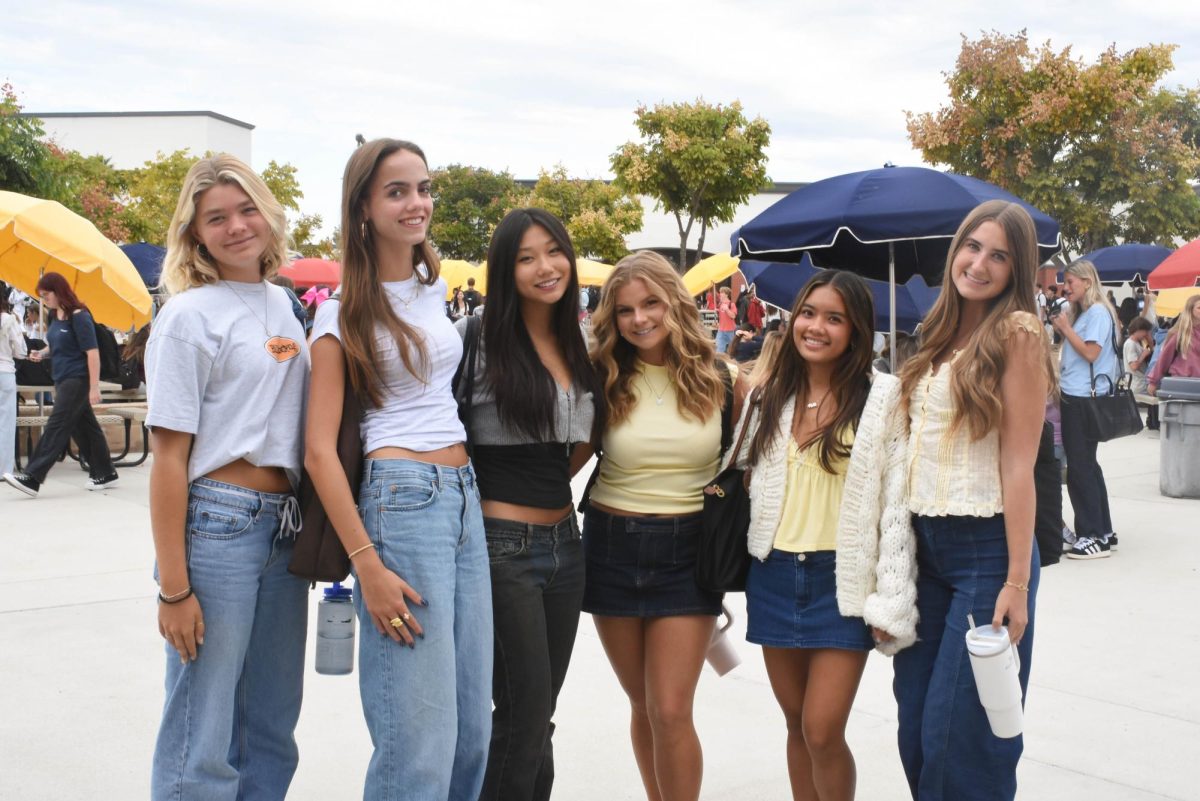With the natural technological know-how that other generations lack, social media-savvy Generation Z has brought about an entirely new industry: online influencing.
Web media production originally appealed to many since it allows people to independently express their opinions and style, a similar outlet to journalism, podcasting or art. With the development of monetization and the growth in viewership across platforms, social media moguls have proven that a daily commitment to the internet can foster a career.
The modern-day influencer career was born in the early 2010s with the explosive popularity of family vloggers, mommy blogs, and beauty YouTubers.
Companies have taken note of influencers’ social impact, and have chosen to adopt new methods of marketing. Advertisers’ rise in dependency on social media-based influencing careers is harming the environment, as they are promoting materialism and impulse purchase habits.
Brands realized that consumers tend to put their money towards new habits or featured brands on popular social media pages. This is what’s known as being “influenced.” According to the online marketing campaign company Izea, 35.2% of social media users say that influencer posts are the number one way to get them to try new products.
Brands like Gymshark, Glossier, Drunk Elephant, Stanley, and Dunkin’ commonly partner with influencers, as well as fast fashion brands like Temu that produce cheap, low-quality clothing made by underpaid laborers.
It’s no wonder that product placement is everywhere on the internet when you consider that even smaller influencers, with just 50,000 followers, can make over a thousand dollars from just one Instagram post, according to BBC News.
Product promotion has had a striking rise in popularity with the launch of TikTok Shop, a commerce platform that sells goods at unbelievably low prices. Make-up, clothing, appliances and accessories can all be found on TikTok Shop, sometimes being sold for less than a dollar.
TikTok’s algorithm-based product suggestion system pairs with insatiable price points to appeal not only to consumers but also to creators looking to make easy money in influencing. The commission offered after reaching 10,000 followers ranges from 5-20%.
The “de-influencing” trend urges consumers to think before they spend: “Do I need this?”
Influenced purchases are oftentimes impulse purchases. Desirable “aesthetics” are advertised on social media to seduce viewers into buying useless items. Trends are bound to fade, and once highly-coveted products inevitably wind up in landfills.
Alongside wasting your hard-earned money, overconsumption destroys the environment. For example, makeup companies abuse the ocean and hog water with their production practices, and the fashion industry drastically makes up 10% of carbon emissions globally.
Finally, there is a trend promoting the use of a critical lens in consumption, contrary to typical trends begging us to buy the “next big thing.”




